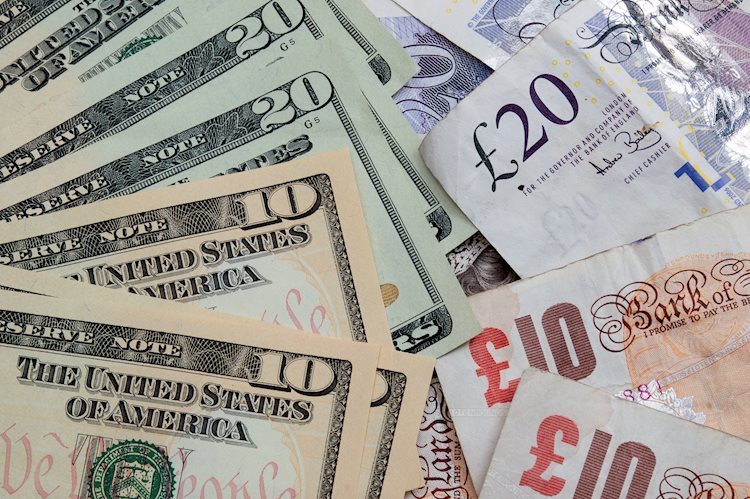The Pound Sterling is hovering near the 1.3000 level against the US Dollar, with a focus on data releases from the US and the UK. Federal Reserve Chair Jerome Powell recently mentioned that recent inflation data has instilled confidence that inflation is on track to reach the desired 2% figure. However, he emphasized the need for policymakers to be more certain before considering any interest rate cuts. Meanwhile, the US Dollar Index is holding support around 104.00.
Federal Reserve Bank President Mary Daly also indicated that there is growing confidence in inflation moving towards the 2% target. She did not provide a timeline for potential rate cuts but suggested that the central bank should hold rates to maintain downward pressure on inflation without hindering job growth. Investors are awaiting US Retail Sales data, expected to show stagnant growth in June after a slight increase in May.
The Pound Sterling has remained bullish against major currencies, with a keen focus on the upcoming UK Consumer Price Index (CPI) and employment data releases. These will provide insight into whether the Bank of England (BoE) will lower interest rates starting from the August meeting. Expectations are for annual headline and core CPI to rise steadily at 2% and 3.5%, respectively. BoE policymakers are closely monitoring price pressures in the service sector, a key factor affecting potential rate cuts.
BoE’s external Monetary Policy Committee member Swati Dhingra has voiced concerns about consumer spending being restricted by high-interest rates. She favors cutting rates with the belief that inflation is unlikely to rise sharply. The upcoming employment data is expected to remain steady at 4.4%, with wage growth measures projected to decelerate. The GBP/USD pair is clinging to gains near 1.3000, showing a strong bullish trend supported by moving averages and the Relative Strength Index (RSI) signal.
Inflation is a measure of the rise in the price of goods and services over time. Core inflation, which excludes volatile elements like food and fuel, is targeted by central banks. When core inflation surpasses 2%, it usually leads to higher interest rates, which can impact currency strength. Higher inflation tends to strengthen a currency as central banks raise rates to combat it, attracting global capital inflows. Gold, once a hedge against high inflation, may see reduced demand when interest rates rise, making it less attractive compared to interest-bearing assets.
In summary, the Pound Sterling’s performance against the US Dollar is influenced by data releases and central bank policies. The focus remains on inflation data from the UK and the potential impact on interest rates. Investors are closely monitoring economic indicators to gauge the future direction of the GBP/USD pair. Understanding the relationship between inflation, interest rates, and currency strength is crucial for making informed trading decisions in the forex market.











